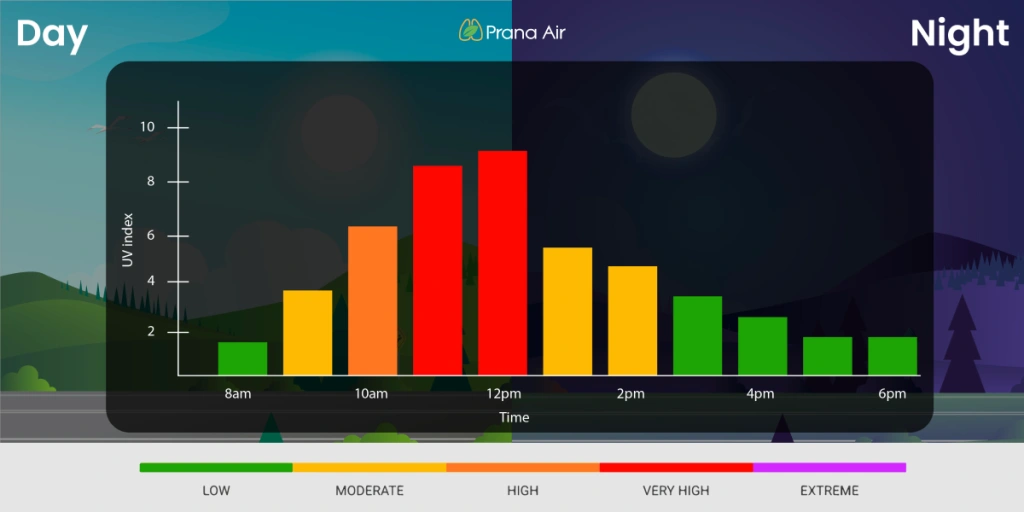What does Ultraviolet Radiation (UV) mean?
The sun transmits ultraviolet (UV) light into the atmosphere. Considering that the sun emits electromagnetic energy and contains UV rays. It is mostly undetectable to the unaided eye. But other insects, like bumblebees, can see ultraviolet light. UV radiation functions as a type of energy with it. It is quantified using the electromagnetic (EM) spectrum, a scientific scale.
Additionally, UV radiation separated into UV-A, UV-B, and UV-C subparts. These UV photons are either absorbed by ozone or the atmosphere. UV-C radiation is the most dangerous. It causes sunburn in humans when exposed to UV-B rays. Furthermore, UV-A rays have an impact on living things’ DNA. These rays are longer than X-rays and have shorter wavelengths than visible light.
Johann Ritter discovered the existence of UV rays in 1801. It offers certain health advantages as well. Because it aids in the body’s production of vitamin D. However, exposure also carries potential hazards. Due to the fact that UV radiation can result in skin cancer, sunburn, and early aging. By shielding oneself from UV rays, you can manage it.
What are the sources of UV radiation?
The sun is the primary source of ultraviolet radiation, or UV. This source is organic. In addition, UV radiation comes from several manmade sources. Certain types of lasers, mercury vapor lamps, halogen, fluorescent, and incandescent lights release when they exit tanning beds.
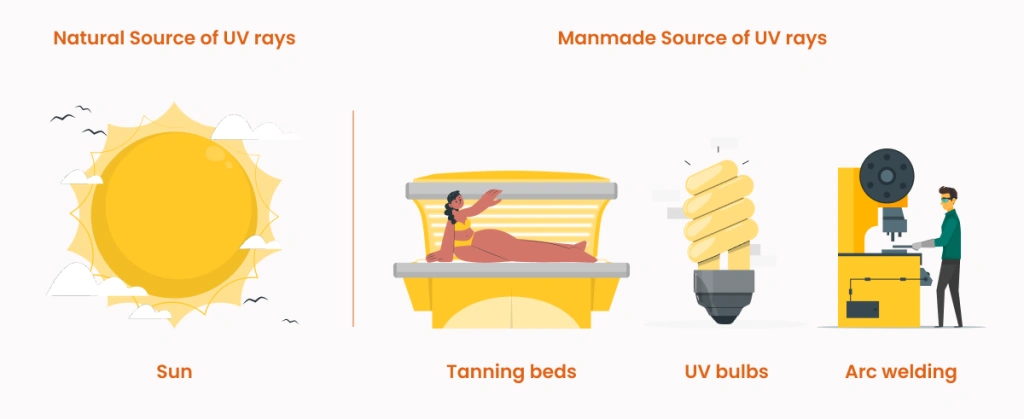
UV rays’ natural sources:
Sun
Man-made UV radiation sources:
UV lights, arc welding, mercury vapor lamps, tanning beds, and other man-made sources
Which forms of ultraviolet radiation are there?
UVA, UVB, and UVC are the three main categories into which UV radiations are divided. It divided into groups based on wavelength. UV rays measured in nanometers for it. The ozone layer in the earth’s atmosphere absorbs certain amounts of absorption.
UV radiation comes in several forms, including UVA, UVB, UVC, and UV rays from various man-made sources. Certain types of lasers, mercury vapor lamps, halogen, fluorescent, and incandescent lights release when they exit tanning beds.
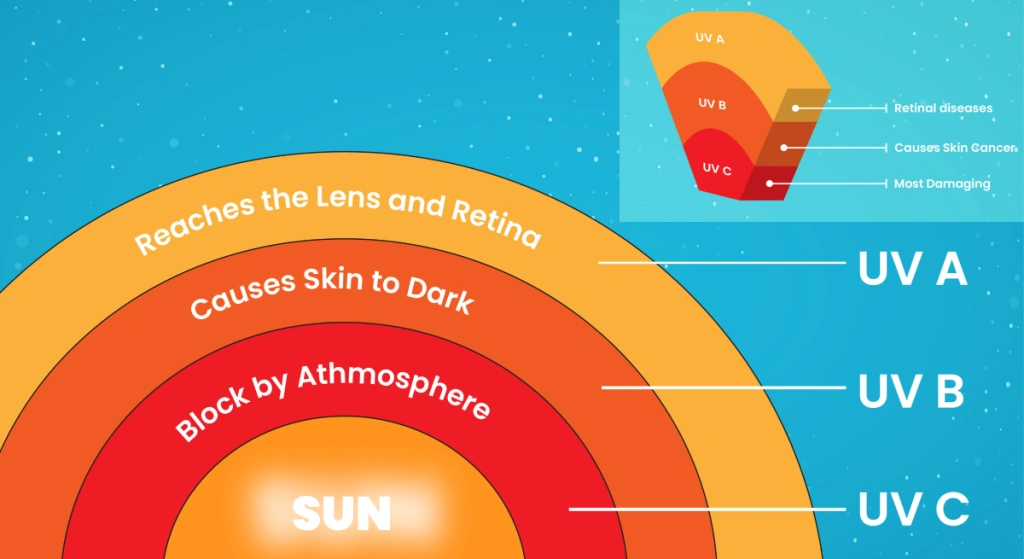
1. UVA
ultraviolet Long UV waves are called rays. Another name for it is gentle UV radiation. The ozone layer does not absorb it either. UV-A has a wavelength that ranges from 315 to 400 nm.
2. UVB
B-ray ultraviolets are a type of medium wave. UV-B photons primarily absorbed by the ozone layer. because of its 280–315 nm wavelength.
3. UVC
The shorter wavelengths that the sun emits are called ultraviolet C rays. The radiation is entirely absorbed by the atmosphere and ozone layer. The rays have a wavelength between 100 and 280 nm.
What Advantages Do UV Rays Offer?
The human body can benefit from UV radiation in some ways. Because it infuses warmth and elevates one’s spirits. Therefore, a certain level of UV radiation is beneficial to human health. However, there are hazards associated with prolonged UV exposure.
These are the advantages of UV radiation exposure for human health:
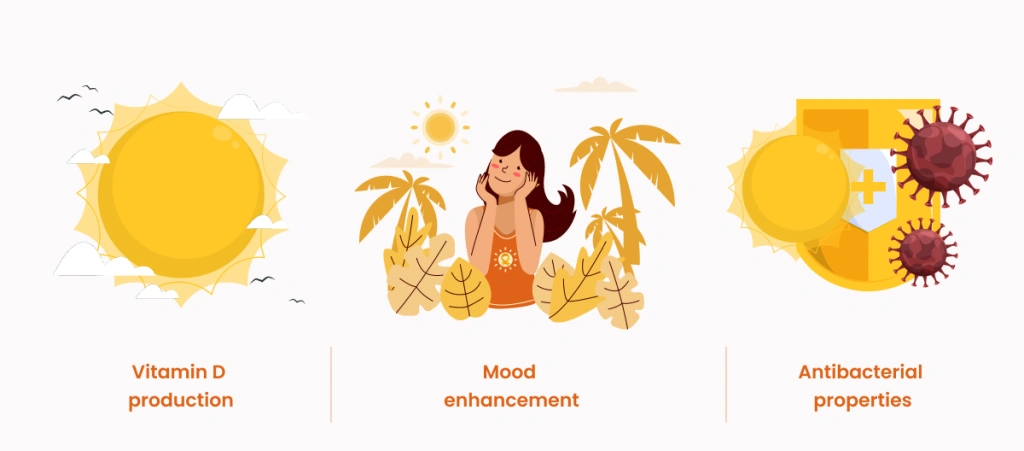
-
UV radiation is essential to the human body’s ability to produce vitamin D. Given that vitamin D is essential for healthy bones. It also supports every person’s immune system.
-
Enhancement of mood: It has been observed that exposure to bright sunlight can elevate one’s emotional state. Being in the sun might help elevate mood. Additionally, it can lessen depression.
-
Antibacterial qualities: UV radiation has the ability to eradicate microorganisms from skin and any other surface.
What Dangers Does UV Radiation Pose?
In 2020, more than 1.5 million instances of skin cancer were diagnosed, according to WHO data. Because of it, 15 million individuals suffer from cataracts and are blind. Ten percent are cases of UV light exposure, according to the report. The health of humans is negatively impacted by UV radiation. Be aware of the consequences of UV radiation exposure:
Sunburn:
Exposure to UV rays can burn and result in sunburn for humans. Therefore, it may result in temporary skin damage. There is discomfort, redness, and peeling of the skin.
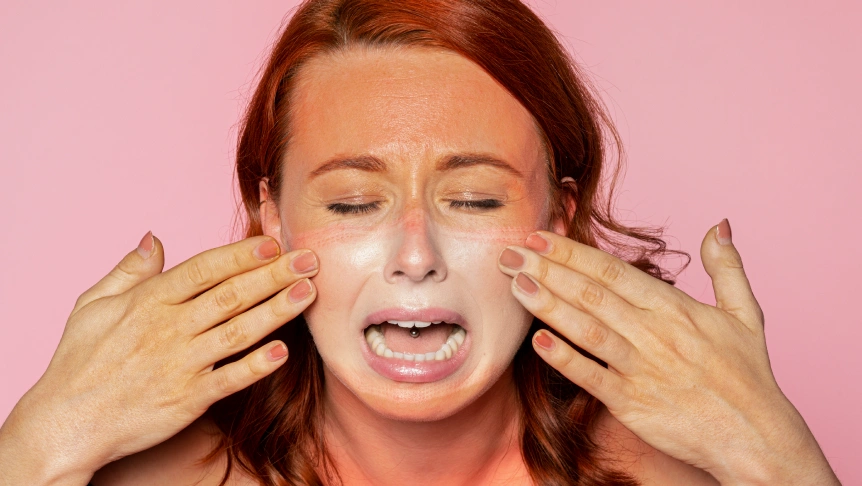
Skin cancer:
Prolonged or excessive UV exposure might negatively affect one’s health. because it may raise the risk of skin cancer. Since exposure to UV radiation can cause a variety of skin malignancies. UV radiation, for example, can raise the risk of basal cell carcinoma, melanoma, and other cancers.
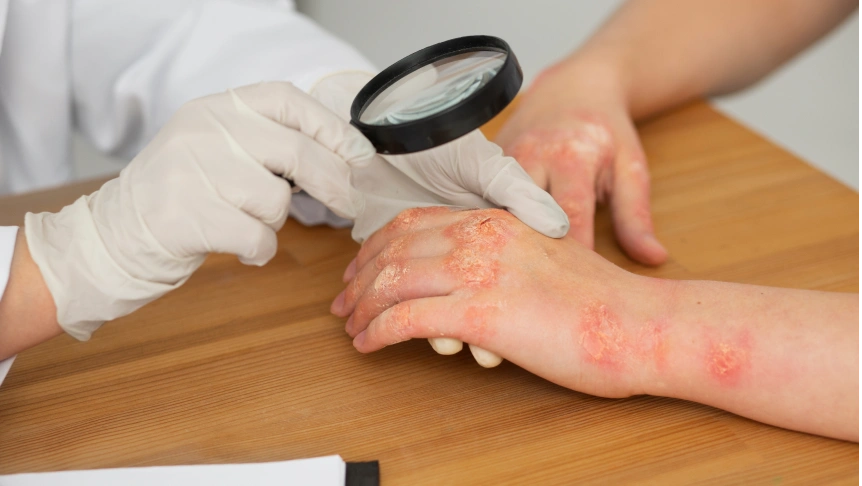
Harm to the eyes:
Concerns with the eyes can arise from direct UV exposure. because it may result in macular degeneration, cataracts, and other eye issues.
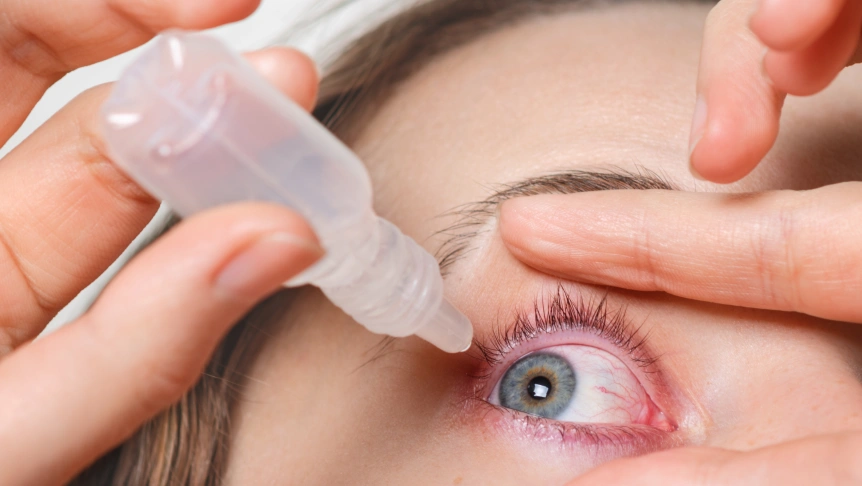
Early aging
Human skin can greatly impact by exposure to UV rays. Because it may harm skin cells. As a result, the person may have age spots, fine lines, and wrinkles.
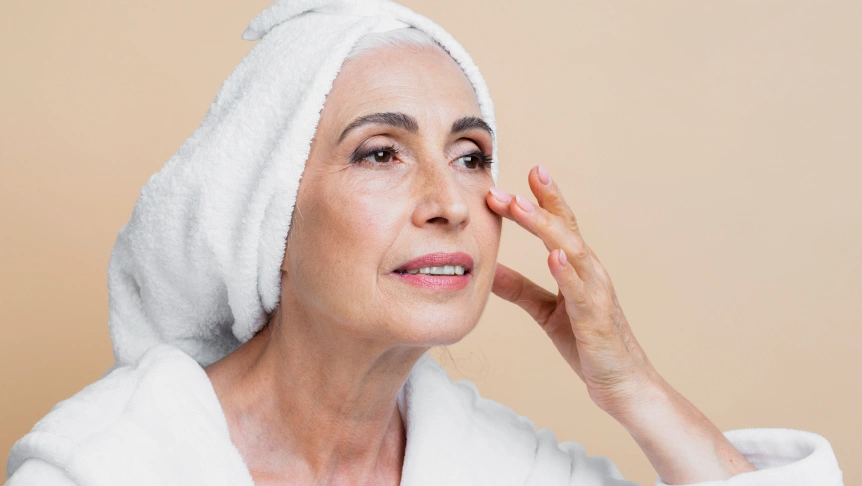
Ecosystems affected by UV radiation:
The atmosphere can alter as a result of UV radiation. Since alterations in the earth’s climate may have an impact. Exposure to UV radiation can lower the rate of photosynthesis.
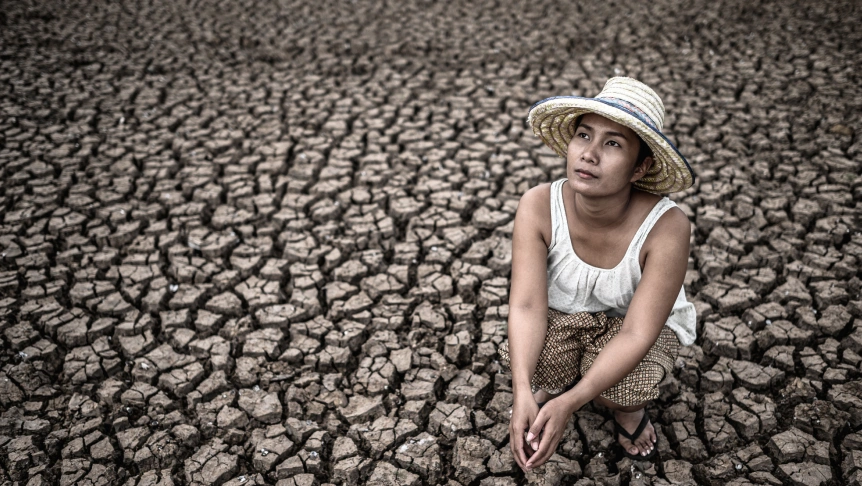
What are some ways to shield oneself from UV radiation?
It is essential to protect oneself from extended exposure to ultraviolet light, or UV. Workers outside are more likely to expose to UV radiation. They therefore need to take greater safety measures to protect themselves from exposure. The following are some ways that you can shield yourself from UV radiation:
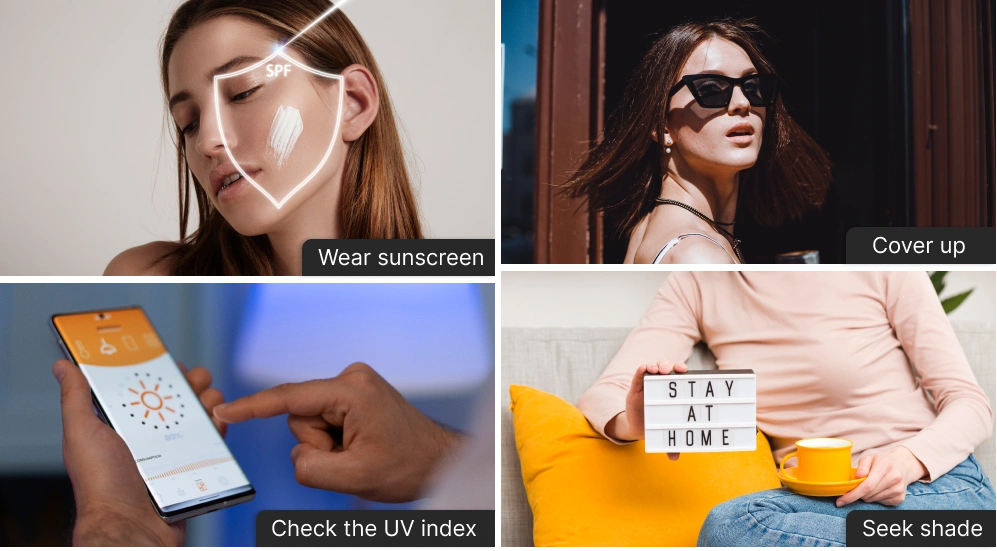
1. Look for shade
During the day, UV radiation is at its highest. Since the sun can emit too many UV radiation. It runs from 10 a.m. until 4 p.m. In the interim, protect yourself by finding shade and avoiding prolonged sun exposure.
2. Sunscreen
To protect oneself, a variety of enhanced protection sunscreens are available. Therefore, for better coverage and protection, seek for broad-spectrum sunscreen with an SPF of 30 or higher.
3. Disguise
To immediately reduce the amount of sun exposure on your body, cover up with clothing. Wear headgear, sunglasses, or skin-covering clothes for it.
4. Steer clear of tanning bulbs and beds:
These man-made UV radiation sources are equally dangerous as the sun. high UV radiation exposure from tanning beds or UV light bulbs may be harmful.
5. Examine the UV index:
Before venturing outside, consider the UV index when making judgments. Since it gauges UV strength, it’s useful for organizing outdoor activities and protecting you from UV radiation.
What elements influence the amount of UV radiation?
The sun’s emission of UV rays is dependent on several factors. Thus, be aware of the variables that may impact the sun’s UV radiation exposure in the earth’s atmosphere. By using it, you may also decide how best to shield yourself from UV radiation.
The following variables impact Ultraviolet Radiation (UV) levels:
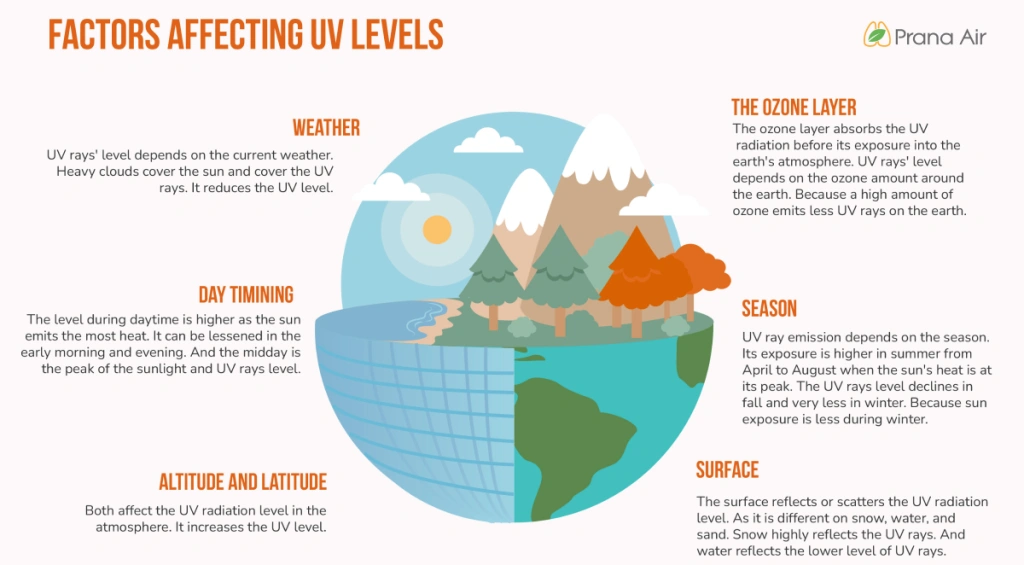
The season
The season affects the output of UV radiation. During the summer, when the sun is at its hottest, from April to August, it is more exposed. As a result, there is a fall in UV radiation and very little in winter. because wintertime exposure to the sun is reduced.
Time of day:
Daytime temperatures are higher because of the sun’s heat-producing rays. Additionally, it can be diminished in the early morning and late at night. Furthermore, midday marks the height of UV radiation and sunshine.
The ozone layer
Before entering the earth’s atmosphere, UV light is absorbed by the ozone layer. The amount of ozone present on Earth determines the intensity of UV radiation. Since a thick ozone layer blocks out more UV radiation,
Surface:
The UV radiation level is reflected or dispersed by the surface. Because it differs on sand, water, and snow. UV light is greatly reflected by snow. Moreover, water reflects UV light at a lower wavelength.
Latitude and Altitude:
The amount of ultraviolet radiation in the atmosphere is impacted by both. The UV level rises as a result.
How are UV rays quantified?
Measuring ultraviolet radiation is essential for managing exposure and its subsequent health impacts. To determine the amount of ultraviolet radiation, one can utilize an ambient air meter or weather station. UV radiation measured in UVI, or Ultraviolet Index. Measuring UV radiation is essential for reducing the risk of skin cancer.
Any gadget, including weather stations, has a UV ray sensor. The first step in measuring it is figuring out every weather forecast parameter. Milliwatts per square meter the unit used to measure UV radiation.
What is the UV index?
The Ultraviolet Index can assist you in making decisions about protecting yourself from UV radiation. An individual can use it to modify their plans and choose what clothing to wear to cover their bodies. Today, you can check the UVI level. Since, the UVI level with it is dependent on daylight. Due to the increased UV light exposure during noon or midday.
When calculating the UVI, certain considerations are made, including:
- Thickness of the ozone layer over that specific area. thus greater thickness increases UV light absorption.
- When calculating UVI, the weather and cloud cover also examined. Because clouds have the ability to both cover and block UV rays.
- Because higher elevations reflect more UV rays, it depends on the city’s elevation.
- In conclusion, UV radiation is computed based on the season, with summertime exhibiting elevated UV levels.
The Index of UV Radiation:
| UV Index | Color graphics | Risk of harm | Recommendation |
| 0-2 | GREEN | Low | It implies a low risk of solar exposure. Those who are sensitive to the sun can reduce their exposure by wearing sunglasses or sunscreen. |
| 3-5 | YELLOW | Moderate | You can protect yourself from radiation exposure by wearing the protection. Look for shade in the daytime. Sunscreen and clothing with UV protection are advised. |
| 6-7 | ORANGE | High | Unprotected exposure to the high level of UV radiation might have negative effects. Therefore, less time spent in the sun is advised. Wearing UV-blocking eyewear, high-SPF sunscreen, sun-protective apparel, etc. |
| 8-10 | RED | Very High | The amount of sun radiation is really high and can lead to a number of issues. Reduce your time spent in the sun to prevent sun damage. Stay inside and shield yourself from the sun’s beams. |
| 11+ | VIOLET | Extreme | It is advised to take all safety measures in this dire circumstance. since in a matter of minutes, sunburn may result from it. Try to completely refrain from going outside. |
